Medical devices
search
news
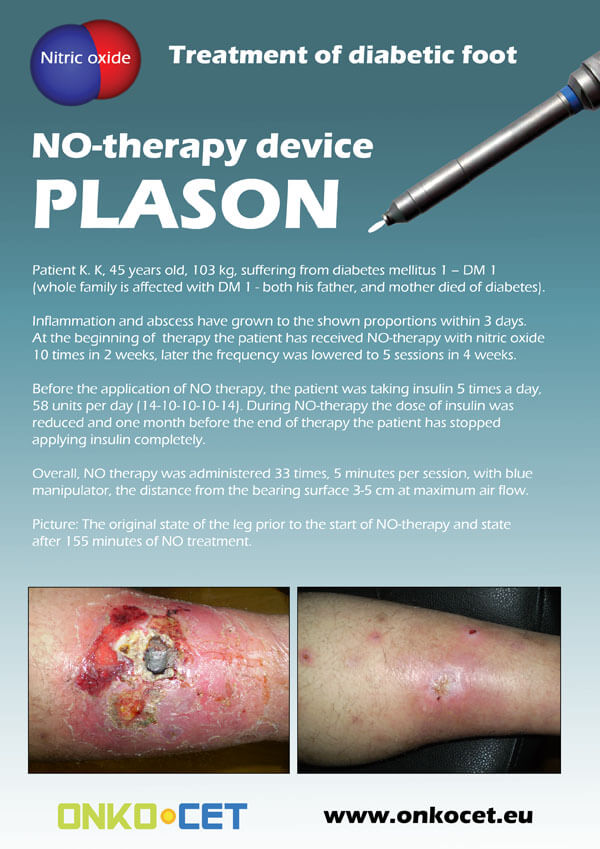
The PDF with the short report with pictures from the therapy of a diabetic foot can be viewed or downloaded here.
The pictures from the treatment of unhealing wounds an be found here:
http://www.onkocet.eu/en/produkty-detail/220/1/
The pictures from the treatment of unhealing wounds an be found here:
http://www.onkocet.eu/en/produkty-detail/293/1/
ONKOCET Ltd. has exhibited the devices from its portfolio on the MEDTEC UK exhibition in Birmingham, April 2011 through our partner Medical & Partners.
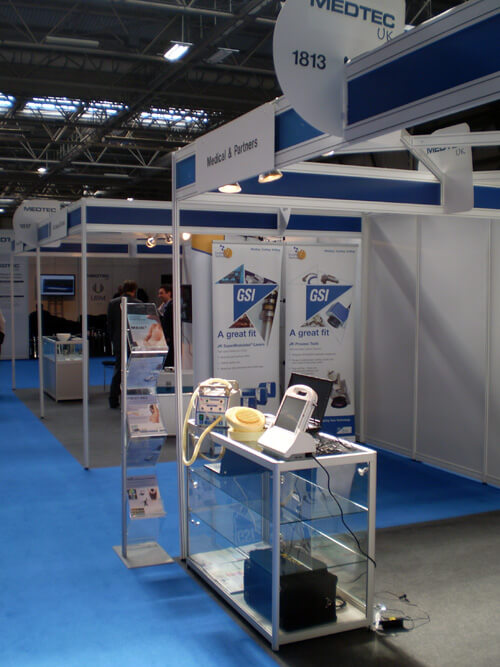
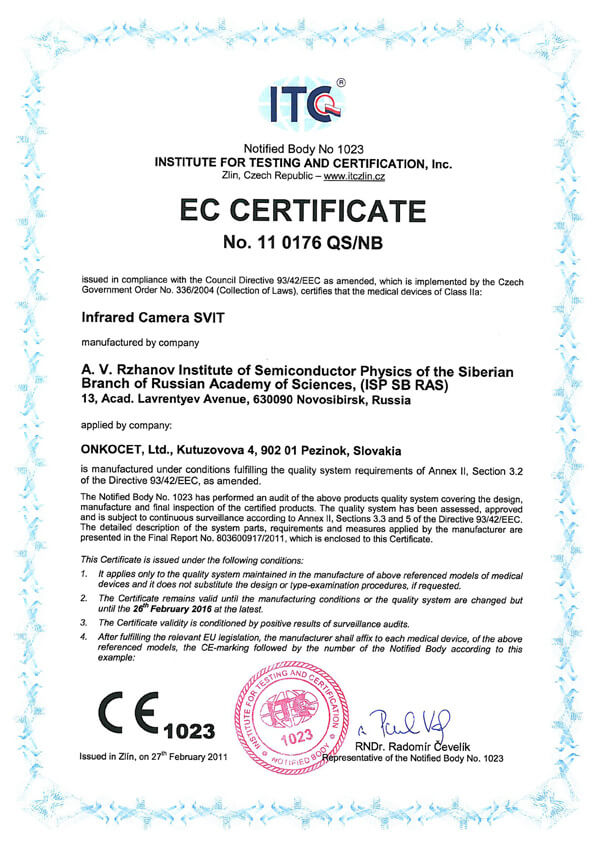 The ONKOCET company has successfully reached the certification of yet another medical device, Infrared Camera SVIT. The Certificate can be found here. The videos from the device operation can be found here.
The ONKOCET company has successfully reached the certification of yet another medical device, Infrared Camera SVIT. The Certificate can be found here. The videos from the device operation can be found here.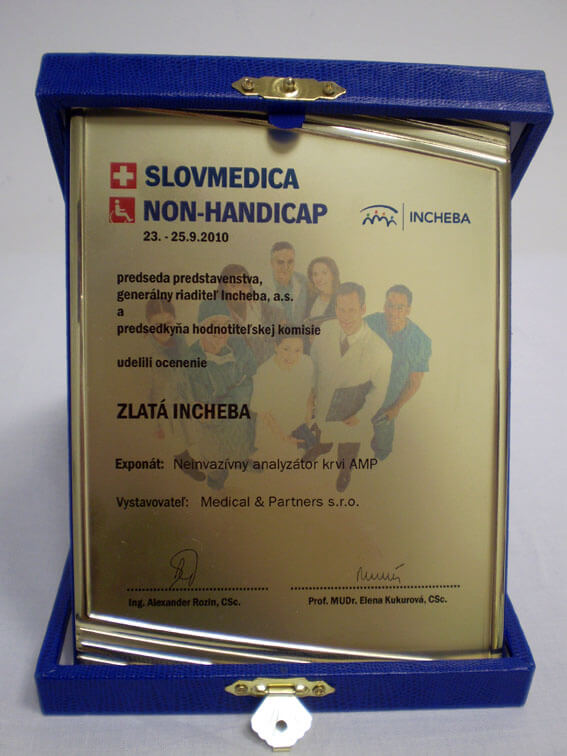 Our device, the non-invasive blood analyzer AMP has won the Golden Incheba prize at a medical exhibition SLOVMEDICA - NON-HANDICAP 2010. A big thank you goes to the organizers of the exhibition for acknowledging the quality of our device and to the exhibitor, the Medical & Partners company, for introduction of the AMP device to the medical public again.
Our device, the non-invasive blood analyzer AMP has won the Golden Incheba prize at a medical exhibition SLOVMEDICA - NON-HANDICAP 2010. A big thank you goes to the organizers of the exhibition for acknowledging the quality of our device and to the exhibitor, the Medical & Partners company, for introduction of the AMP device to the medical public again.We are pleased to inform our business partners, that our company has succesfully finished the certification process of Concor Soft Contact Lenses.
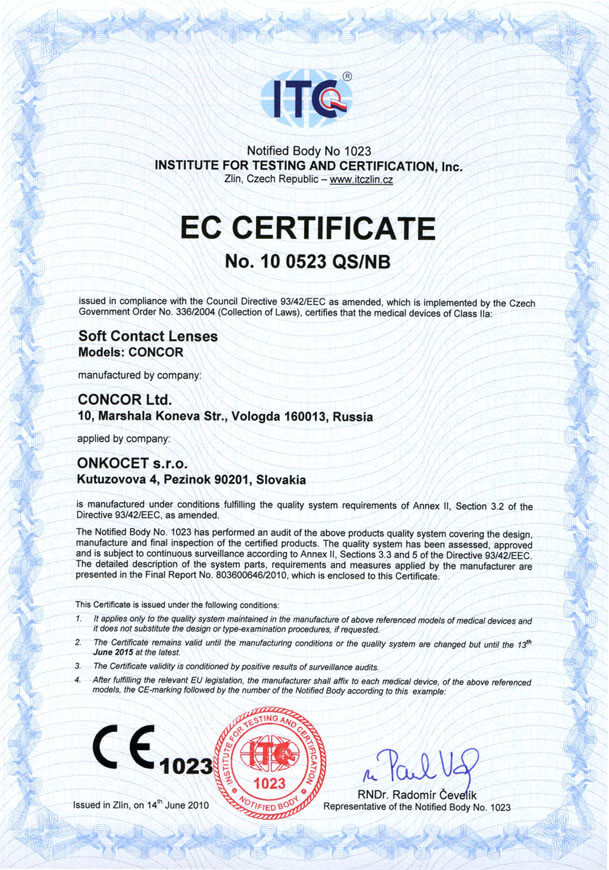 You can find the certificate here.
You can find the certificate here.More information on Concor Soft Contact Lenses go to section Medical preparations/Concor soft contact lenses, or follow this link.
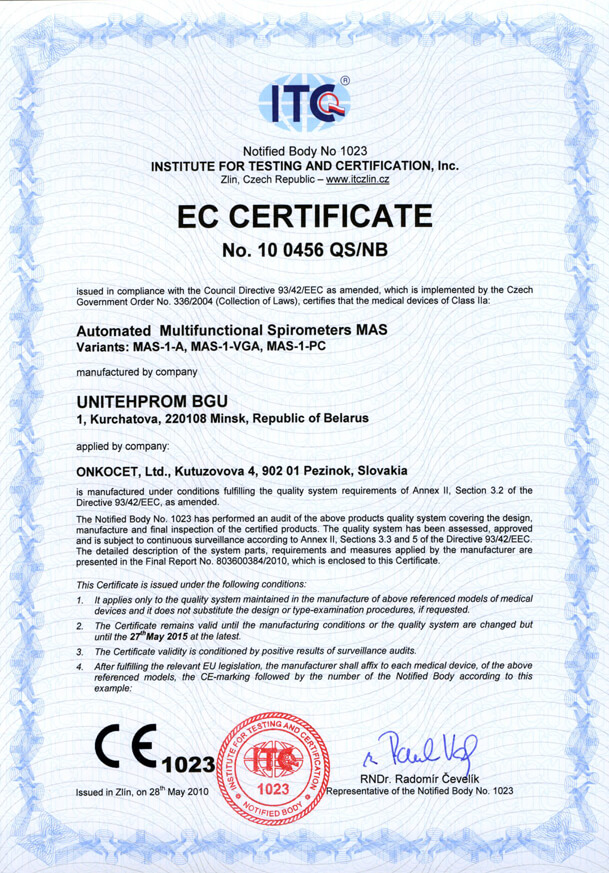 Our company has finished the certification process for another medical device, computerized spirometer MAS-1K with oximeter. You can find the device certificate here.
Our company has finished the certification process for another medical device, computerized spirometer MAS-1K with oximeter. You can find the device certificate here..jpg) Since May 2010 there is a new version of AMP device available.
Since May 2010 there is a new version of AMP device available.Follow this link if you want to see the pictures and specifications of the device.
http://www.onkocet.eu/en/produkty-detail/293/1/
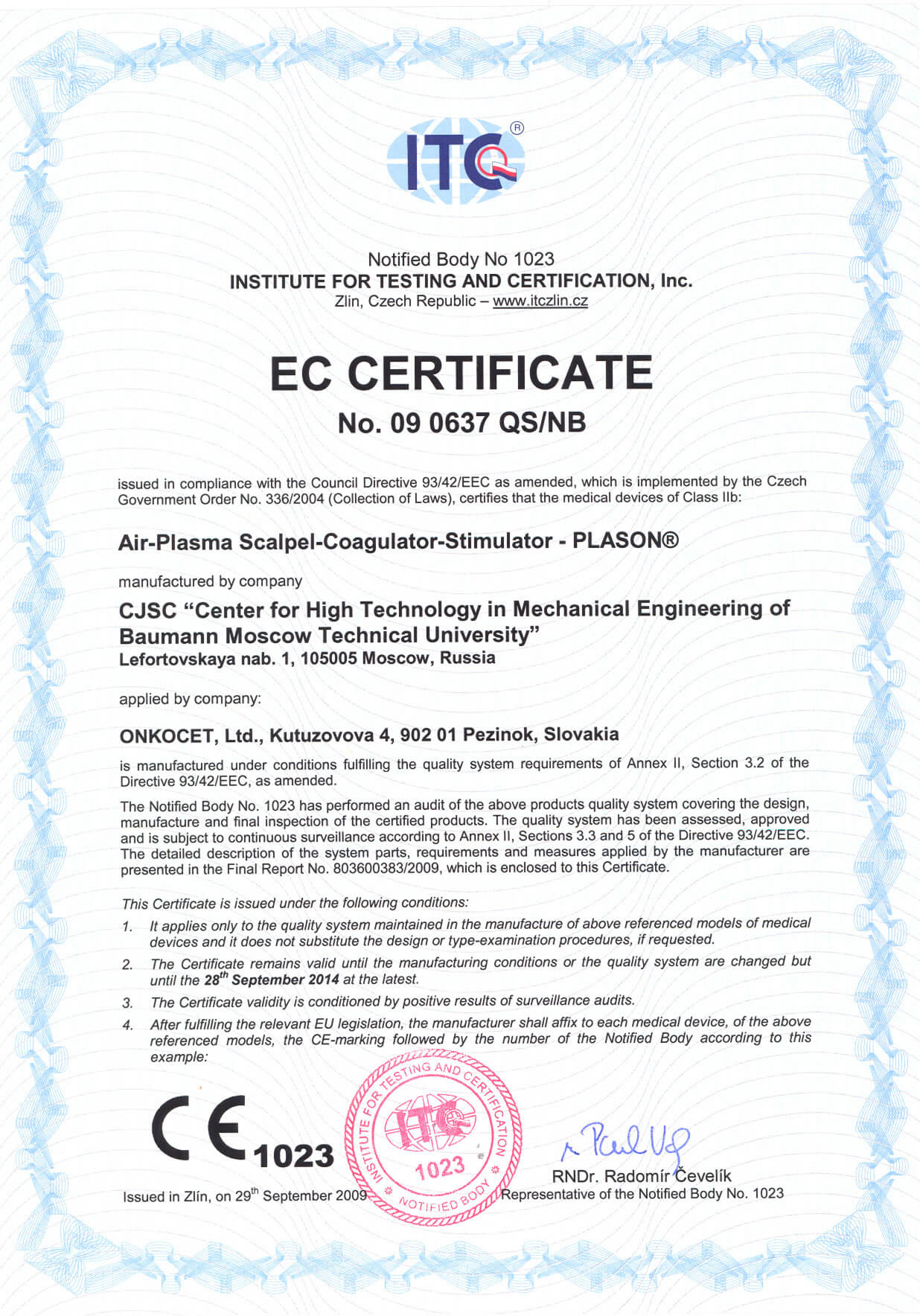 Dear partners,
Dear partners, In October 2009 we have received CE certificate for another device from our portfolio, NO therapeutical device PLASON. You can find more information about this revolutionary device, used for healing of unhealing wounds, diabetic foot, or for cosmetical purposes, at our webpage, section "Medical devices" -> PLASON-NO Therapy.
.gif)
Best regards
Team of ONKOCET Ltd. company
Introduction
TRANSCRANIAL ELECTROSTIMULATION – TES
 Transcranial stimulation is electric stimulation of the brain through the skull cap. TES was first studied in 1902 by S. Leduc, a French researcher, to induce electronarcosis. This study was inspired by a rather a disputable assumption that pulsed electric stimulation of the brain might induce a narcotic state in humans and animals without undesirable side effects. The experimental basis of such assumption came from an inhibitory effect of electric pulses on conduction of peripheral nerves.
Transcranial stimulation is electric stimulation of the brain through the skull cap. TES was first studied in 1902 by S. Leduc, a French researcher, to induce electronarcosis. This study was inspired by a rather a disputable assumption that pulsed electric stimulation of the brain might induce a narcotic state in humans and animals without undesirable side effects. The experimental basis of such assumption came from an inhibitory effect of electric pulses on conduction of peripheral nerves.
If this assumption were valid, TES-induced narcosis would be very attractive because electrical narcosis avoid toxic effects of narcotic drugs. It was suggested that electrical narcosis appears and disappears synchronously with electric stimulation on and off, and that it is free of any side effects.
The prospects of TES-induced narcosis seemed so promising that research on electrical narcosis was continued until the 1970`s. Electrical narcosis (later, electrical sleeping) was studied by physicians and engineers from France, Russia, the United States, and other countries. A number of scientific societies were founded. For example, the Neuroeletrical Society of the USA, the European Society of Electric Sleeping and Electroanalgesia, the All-Union Society of Electric Sleeping and Electroanalgesia. However, these societies came to virtual extinction when it had been shown that electrical sleeping is ineffective; transcranial electric narcosis closely resembles electro-shock, and it is rather dangerous.

In the 1970`s, there was a number of clinical trials of the TES-induced electroanalgesia. These tests gave rise to the technical requirements for the output signals of TES devices. The Electronarkon-1, LENAR, and their modifications were designed to meet these requirements.

It is interesting to note that although these devices were designed for electroanalgesia, their brand names are derived from the term narcosis. For example, in Russia, the abbreviation LENAR means therapeutic narcosis, despite the fact that this device was never intended to provide narcosis.

